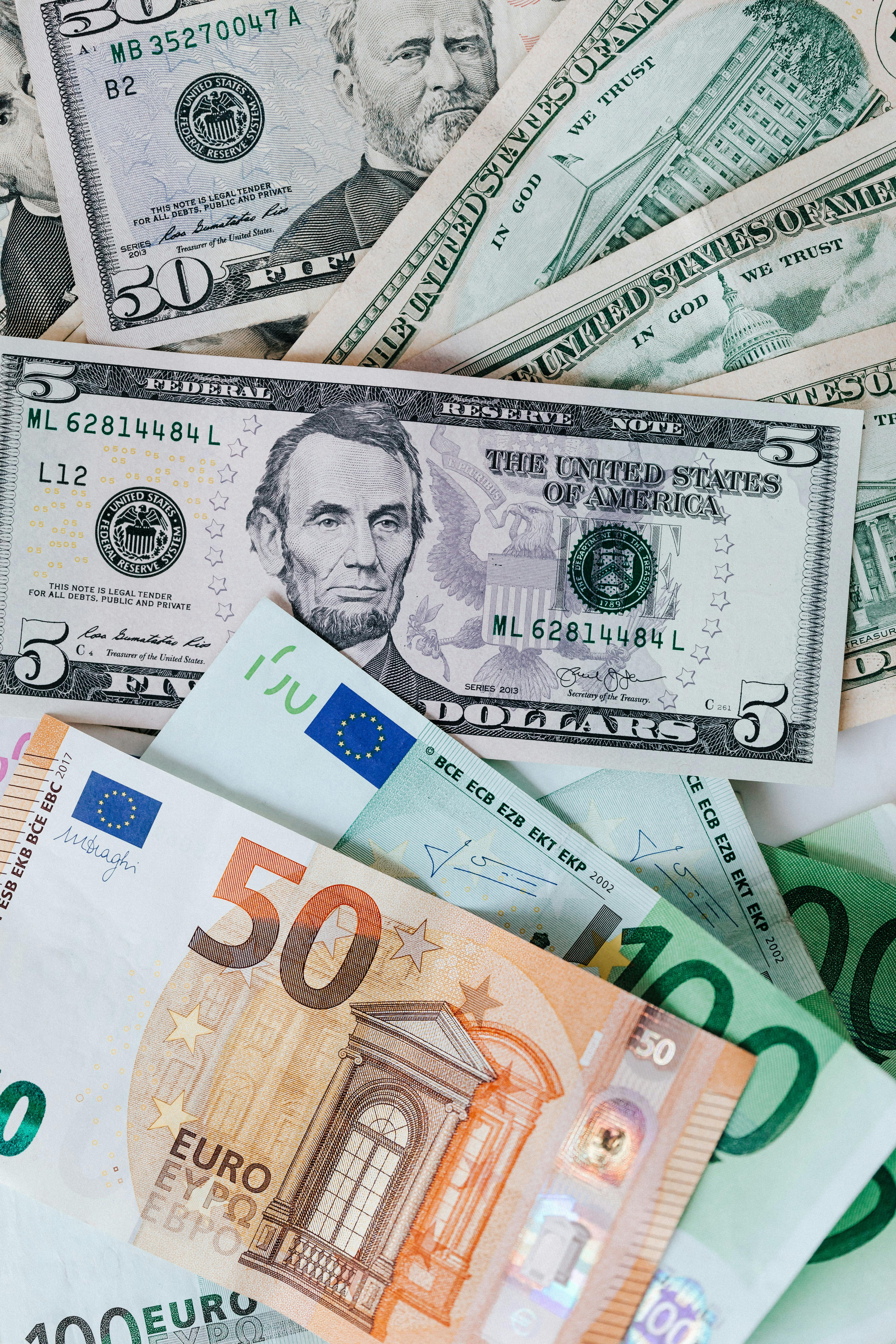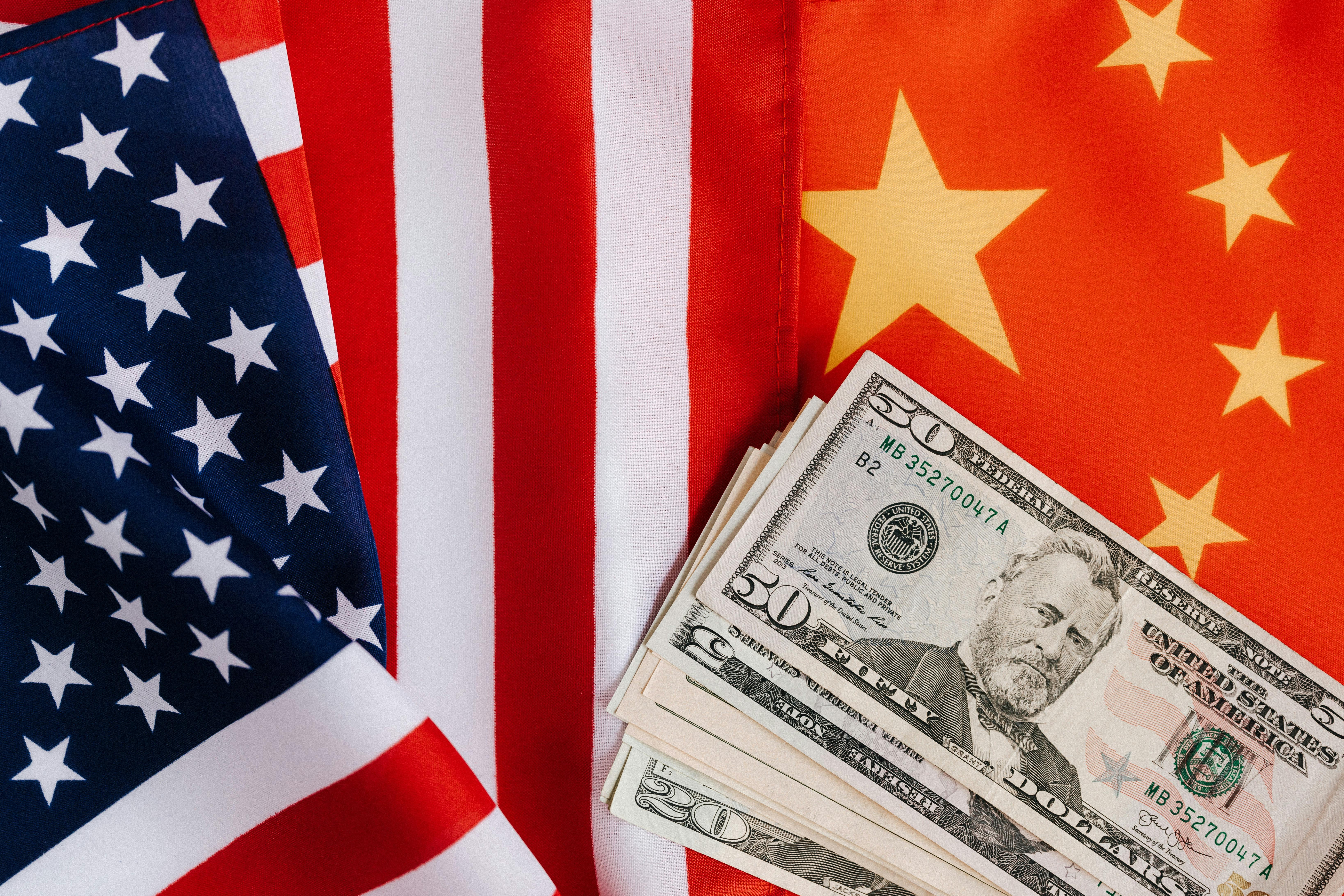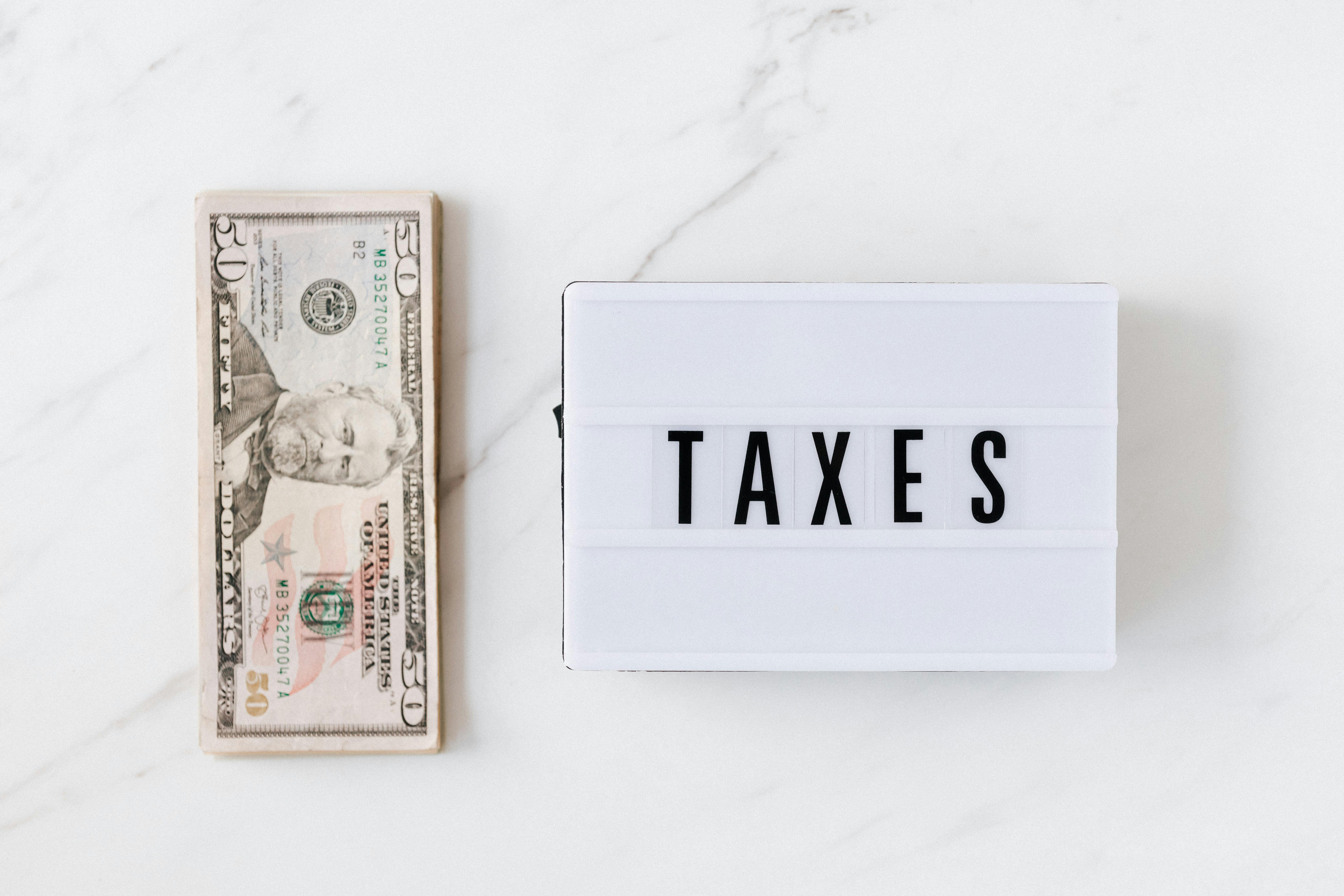Green Banking Isn’t About Saving the Planet — It’s a Financial Opportunity Most Users Ignore
When most people hear “green banking,” they think of carbon-neutral campaigns, eco-friendly card designs, or banks planting trees for every new account opened. That’s the surface story — the marketing layer.
But here’s what almost no one talks about: Green banking programs often come with financial perks — reduced fees, priority interest rates, and incentive payouts — designed to attract early adopters.
In other words, while everyone sees “sustainability,” the financially alert user sees something else: “New incentive territory with low competition.”

Why Green Banking Exists — And Why Banks Quietly Add Financial Rewards to It
Banks are transitioning a portion of their financial infrastructure into what they call “ESG-qualified capital flow.” It’s not charity — it’s positioning.
Global funding bodies and governmental programs reward banks for shifting accounts, loans, and card products under “green finance categories.” To qualify, banks need real users to opt in — and that’s where the opportunity appears.
To push adoption, banks introduce:
- 🎯 Fee reductions on accounts marked under “eco” initiatives
- 💵 Cash bonuses or interest rate boosts for users labeled as “green participants”
- 🌱 Priority access to new digital features because green products are often built on newer infrastructure
The industry calls this “green engagement incentive structuring.” Users who understand this don’t sign up to earn points — they sign up to unlock hidden financial privileges early.
There Are Two Types of Green Banking — Only One Pays You Back
Most users don’t realize that banks quietly divide their green-labelled products into two classes:
| Type | What It Looks Like | What It Actually Does | Real Benefit Potential |
|---|---|---|---|
| 1. Green Marketing Accounts | Eco-themed debit card, “we plant trees” messaging | Makes the user feel environmentally aligned | Low — mostly symbolic |
| 2. Green Advantage Accounts | Labeled under ESG or “impact saving” frameworks | Tied to incentive pools, lower fee structures, or bonus yield brackets | High — early adopters receive financial perks |
💡 Insight: Banks won’t highlight the difference clearly — because they want mass adoption in marketing accounts before users start demanding entry into incentive-based categories.

**Real green banking strategy starts when you stop asking “Is this ethical?” and start asking “Is this incentivized?”**
The 60-Second Filter — Spotting Real Financial Incentives Behind Green Labels
Before signing up for any green banking product, apply this quick filter. If the bank cannot check at least one of these three, it’s most likely a marketing-layer product with no meaningful financial upside.
-
Does the green product have a different fee structure than the basic account?
✅ If yes — it’s tied to a financial policy shift, not just branding. -
Does it mention yield changes, bonus savings tiers, or ESG-qualified incentives?
✅ If yes — it’s likely part of an incentive pool attached to green capital allocation. -
Is the product mentioned in bank financial reports or investor ESG disclosures?
✅ If yes — this means it’s not just user-facing marketing, but part of a performance strategy recognized internally.
📌 Fast Rule: If the bank mentions the word “ESG allocation,” “impact savings,” or “green tier yield” — you’re not in marketing territory. You’re in the early reward stage.

Most users stop at the card design. Strategic users go one layer deeper — into policy language — and that’s where the incentives hide.
Position Yourself Before the Bank Announces Rewards — The Insider Move
Banks don’t roll out incentives to every user at once. They typically apply them first to:
- Accounts already tagged as participants in early eco-linked programs
- Users who voluntarily opted in to digital-first or green communication preferences
- Clients who have interacted with ESG-related disclosures or pilot feature toggles
💡 This creates a simple loophole: If you opt in to green channels early — even before benefits are launched — your account gets internally marked as a “priority environmental participant.”
That tag is what banks use later when they roll out fee discounts and bonus rates — they reward “qualifying participants” before advertising the offer publicly.

✅ Quick Activation Checklist (Takes Less Than 2 Minutes)
- Enable “eco statements only” or paperless setting — this flags your account as green-ready internally.
- Join any “digital sustainability pilot” listed in your banking app settings.
- If available, switch your debit card variant to the “eco series” — not for design, but because it triggers the internal ESG label.
These micro actions don’t feel like much — but they place your account in the same category banks use when allocating green incentive budgets.
Why Green Banking Will Soon Shift from Marketing to Competitive Incentive Battleground
Financial institutions are preparing for a regulatory phase where green capital allocation won’t just be optional — it will be audited, rewarded, and ranked.
That means banks will compete to show high “green participation numbers” in their annual ESG reports — not just to look good publicly, but to gain:
- ⚡ Access to low-cost federal sustainability funding pools
- 📊 Improved investor profile in ESG performance reports
- 🎯 Better institutional credit ratings for compliance alignment
To do that, they need real users already classified under green programs — and they incentivize this group first before expanding to general customers.
✅ Translation: The earlier your account is tagged with ESG participation status, the more likely you are to receive fee cuts, rate boosts, or early-access financial perks when incentive pools go live.

Final Call — Don’t Wait for the Rewards Announcement. Trigger Your Classification Now.
The opportunity in green banking is not about ethics or branding — it’s about **being early in a bank's ESG participation list** so that financial perks are automatically applied to your profile once launched.
🟢 You don’t need to change your values. You just need to switch your account posture from passive user to early participant.
Banks reward what their internal systems can easily count. If your profile is already marked as eco-compliant or digitally aligned, you fit the “preferred user type” before the incentive wave begins.
